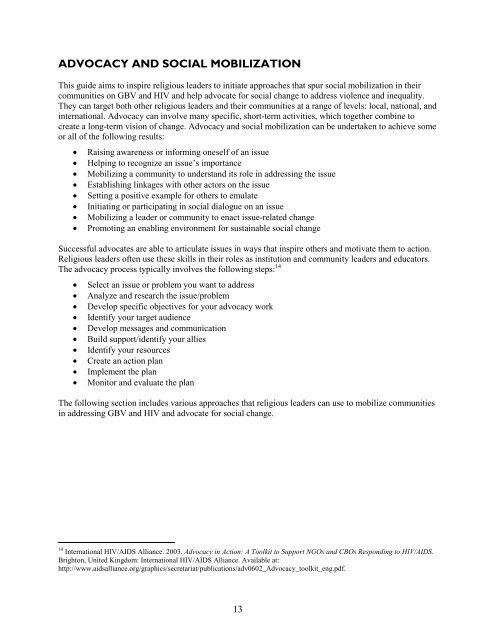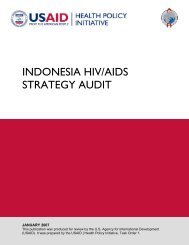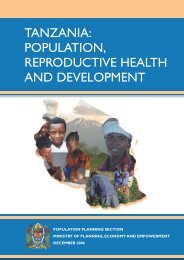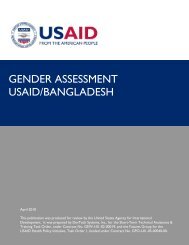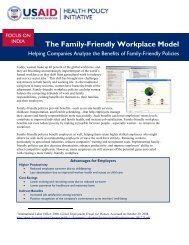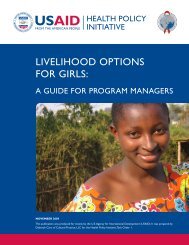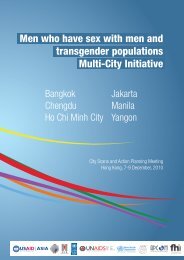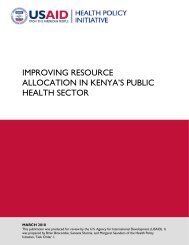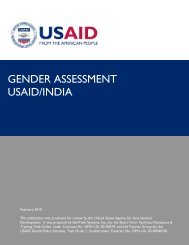A Call to Act - Health Policy Initiative
A Call to Act - Health Policy Initiative
A Call to Act - Health Policy Initiative
You also want an ePaper? Increase the reach of your titles
YUMPU automatically turns print PDFs into web optimized ePapers that Google loves.
ADVOCACY AND SOCIAL MOBILIZATION<br />
This guide aims <strong>to</strong> inspire religious leaders <strong>to</strong> initiate approaches that spur social mobilization in their<br />
communities on GBV and HIV and help advocate for social change <strong>to</strong> address violence and inequality.<br />
They can target both other religious leaders and their communities at a range of levels: local, national, and<br />
international. Advocacy can involve many specific, short-term activities, which <strong>to</strong>gether combine <strong>to</strong><br />
create a long-term vision of change. Advocacy and social mobilization can be undertaken <strong>to</strong> achieve some<br />
or all of the following results:<br />
• Raising awareness or informing oneself of an issue<br />
• Helping <strong>to</strong> recognize an issue’s importance<br />
• Mobilizing a community <strong>to</strong> understand its role in addressing the issue<br />
• Establishing linkages with other ac<strong>to</strong>rs on the issue<br />
• Setting a positive example for others <strong>to</strong> emulate<br />
• Initiating or participating in social dialogue on an issue<br />
• Mobilizing a leader or community <strong>to</strong> enact issue-related change<br />
• Promoting an enabling environment for sustainable social change<br />
Successful advocates are able <strong>to</strong> articulate issues in ways that inspire others and motivate them <strong>to</strong> action.<br />
Religious leaders often use these skills in their roles as institution and community leaders and educa<strong>to</strong>rs.<br />
The advocacy process typically involves the following steps: 14<br />
• Select an issue or problem you want <strong>to</strong> address<br />
• Analyze and research the issue/problem<br />
• Develop specific objectives for your advocacy work<br />
• Identify your target audience<br />
• Develop messages and communication<br />
• Build support/identify your allies<br />
• Identify your resources<br />
• Create an action plan<br />
• Implement the plan<br />
• Moni<strong>to</strong>r and evaluate the plan<br />
The following section includes various approaches that religious leaders can use <strong>to</strong> mobilize communities<br />
in addressing GBV and HIV and advocate for social change.<br />
14 International HIV/AIDS Alliance. 2003. Advocacy in <strong>Act</strong>ion: A Toolkit <strong>to</strong> Support NGOs and CBOs Responding <strong>to</strong> HIV/AIDS.<br />
Brigh<strong>to</strong>n, United Kingdom: International HIV/AIDS Alliance. Available at:<br />
http://www.aidsalliance.org/graphics/secretariat/publications/adv0602_Advocacy_<strong>to</strong>olkit_eng.pdf.<br />
13


